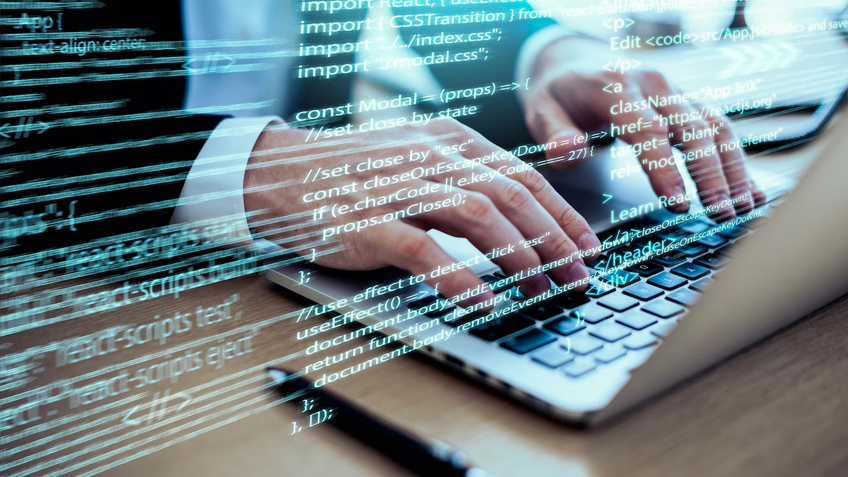By Kajal

It is no mystery that Python has marked its place in the world of programming languages by consistently increasing its use case in various fields such as machine learning, artificial intelligence, data science, big data, web development and so on. Owing to its versatility, Python is actively used in places such as Google, Amazon and NASA too.
For students who are looking to learn this powerful programming language but have questions in mind such as where to begin or how to start? This is for you.
Following are the steps which act as a complete guide for beginners who wish to learn Python-
Learning a programming language is not a cakewalk and Python is no exception. Learning how to learn and understanding why you want to learn in the first place are two important points to keep in mind. So finding out what keeps you going will no doubt help in your journey. For example, someone else’s area of interest may lie in data analysis while yours may lie in automation.
Before you can dive into mainstream projects, you need to master the basic syntax of Python since this will form your bedrock for the future. While learning make sure to learn Python 3 since Python 2 is no longer supported. A few good resources for learning the basic syntax are The Python Tutorial on the original Python website and this book Learn Python The Hard Way.
Learning a new programming language requires a lot of hard work, dedication and consistency. Coding each day will help you to build your muscle memory which will be extremely beneficial in the grander scheme of things. Start small by devoting half an hour each day and slowly but consistently climb up the ladder.
If you are in doubt about taking notes and maybe writing code by hand instead of running it on the computer directly, that’s a great habit. Not only does it help in long-term retention of the programming language but is also of great benefit if you are looking to become a full stack developer in the future. It is common practice during interviews to be asked to write code on a whiteboard.
After being familiar with the basic syntax and other things, it is now time to start making structured and interactive projects using tools such as Python Shell. Projects are a great way to test your knowledge and sharpen your skills. It will also help you to build a portfolio for potential employers. It is natural to get stuck while working on these projects but this trial and error method will be a great source of learning.
Now that you’ve started working on projects, it is inevitable for you to not run into bugs. It happens to the best developers in the world and you’re only a beginner, so do not get disheartened. Carefully learn how to debug your code in a patient and methodical manner. Only then can you become a good Python developer in the long run.
Last but not the least, surrounding yourself with people who are also learning the same thing as you is a great community building exercise. Sharing personal findings, tips and tricks along the way will help all of you. Although coding may seem like an individual activity, it works best when learning in a team.
If this step-by-step guide on how to learn Python was helpful for you, consider enrolling in a Python Training Institute if you are serious about it. The career prospects and job opportunities in the field of Python are ever evolving.